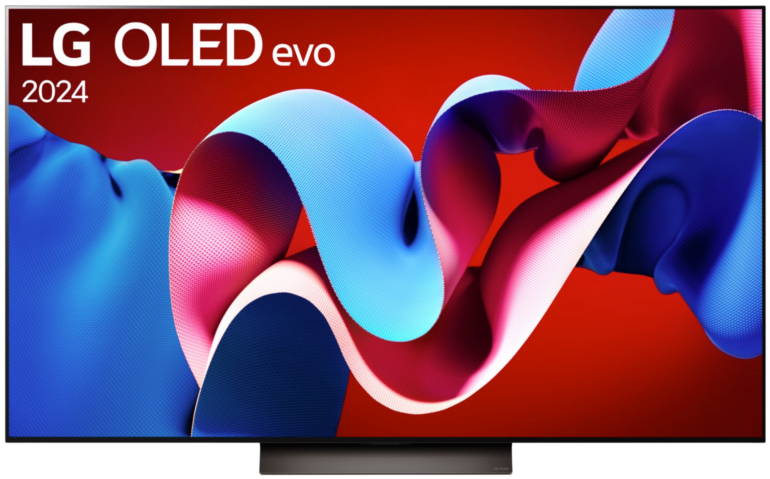LG TV Lineup 2021 Comparison
| Image | Series | Panel Panel Type | Sizes Available sizes | Resolution | |
|---|---|---|---|---|---|
| OLED Lineup | |||||
 | OLED A19 Entry Level TV | OLED | 48", 55", 65", 77" | UHD 4K | |
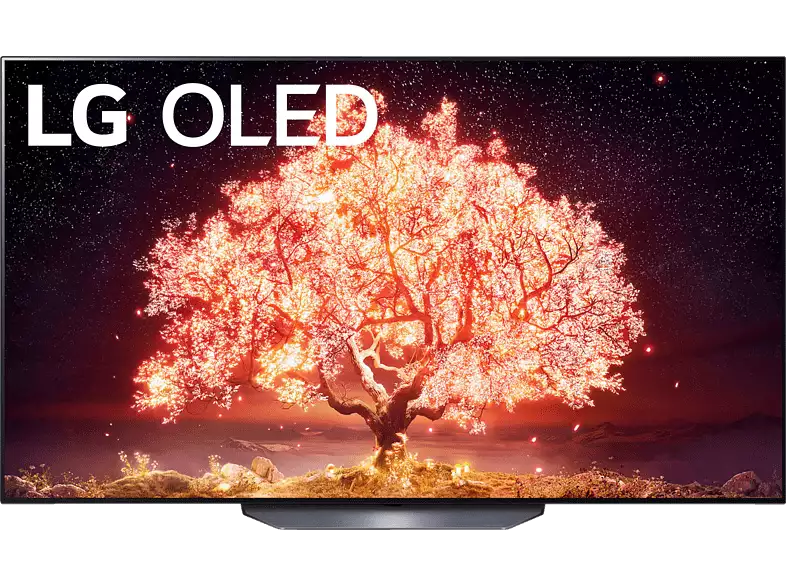 | OLED B19 Midrange TV | OLED | 55", 65", 77" | UHD 4K | |
 | OLED C17 Upper Midrange TV | OLED | 48", 55", 65", 77", 83" | UHD 4K | |
 | OLED evo G19 Premium Design TV | OLED evo | 55", 65", 77" | UHD 4K | |
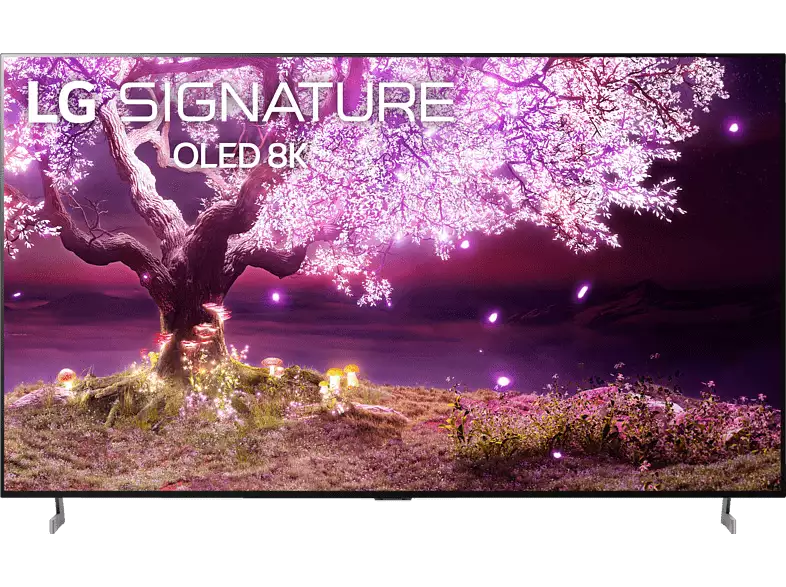 | OLED Z19 Premium Design TV | OLED | 77", 88" | UHD-2 8K | |
| NanoCell Lineup | |||||
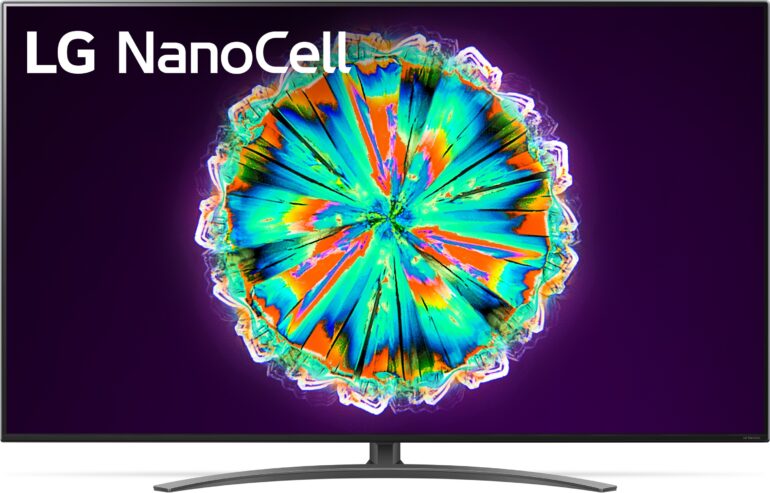 | NANO91 Midrange TV | IPS | 55", 65", 75", 86" | UHD 4K | |
| QNED Lineup | |||||
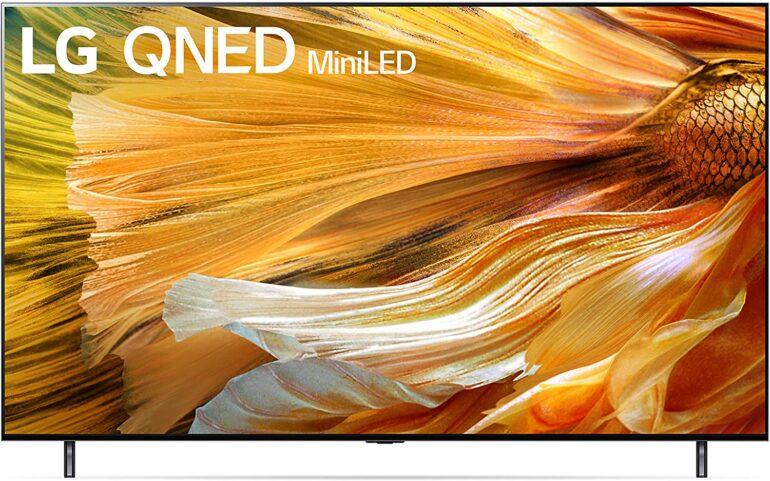 | QNED90 Upper Midrange TV | ADS | 65", 75", 86" | UHD 4K | |
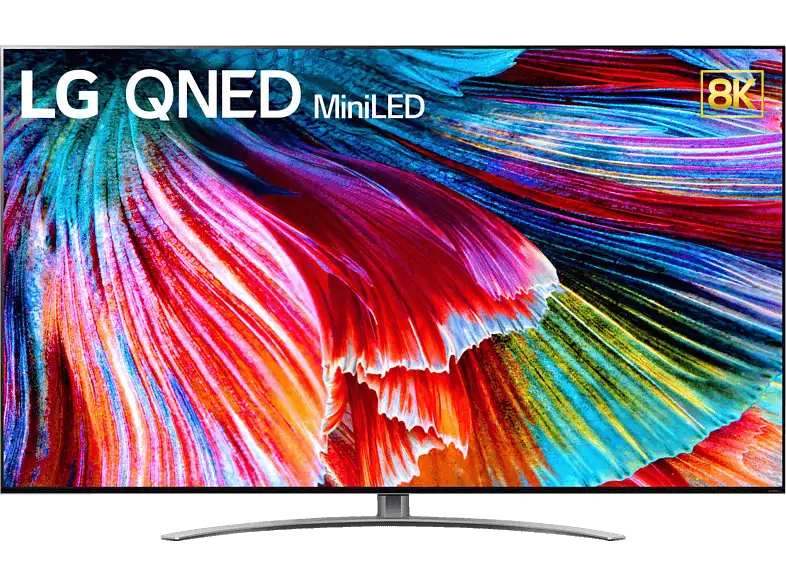 | QNED99 Premium TV | IPS | 65", 75", 86" | UHD-2 8K | |
| UHD Lineup | |||||
 | UP8000 Budget TV | ADS (43", 55", 65", 75", 82", 86") VA (50", 60", 70") | 43", 50", 55", 60", 65", 70", 75", 82", 86" | UHD 4K | |
OLED Lineup
What characterises this product line? OLED technology is one of the most advanced panel types on the market. Typical for these TVs is an excellent picture quality in dark environments, which is produced by a perfect black and a theoretically infinitely high contrast. However, with increasingly bright surroundings, the picture quality diminishes because OLEDs cannot be driven as brightly as LED TVs because the organic LEDs would be damaged by the heat.
A1 Series
OLED TVs are considered rather expensive due to their unique technology, and yet LG has brought an affordable OLED to market this year with the A1. This means that the A-series also has a theoretically infinite contrast and a perfect black, but you can still tell that the A1 has cut some corners.
Nevertheless, the TV is perfectly suited as an entry level OLED, because its picture quality is excellent thanks to OLED technology. It is supported by the fast Alpha7 Gen4 AI processor and Dolby Vision IQDynamic HDR-format with a color depth of up to 12 Bits and Mastering of up to 10,000 Nits, which can adapt to the ambient brightness.
Gamers will also enjoy the OLED quality, even though the A1 is not suitable for the new consoles as it lacks an HDMI 2.1 connection and VRRVariable Refresh Rate – synchronizes the display’s refresh rate with the output refresh rate of the graphics card. The response time of ~0.3ms and an input lag of ~10ms nevertheless make it a fast TV for gaming. In terms of smart TV, however, the A1 is in no way inferior to its more expensive colleagues and offers everything you could wish for.
The completely different panel is clearly noticeable in a direct comparison with the NANO91. Although the NanoCell TV performs much better in the gaming sector because it has HDMI 2.1 and VRR, if you want to watch films and series in a breathtaking picture quality, you should rather go for the OLED TV.

| Panel Type | OLED |
|---|---|
| Sizes | 48" OLED48A1PUA55" OLED55A1PUA65" OLED65A1PUA77" OLED77A1PUA |
| Resolution | UHD 4K |
| HDMI | 3 x HDMI 2.0 |
| Frequency | 60Hz |
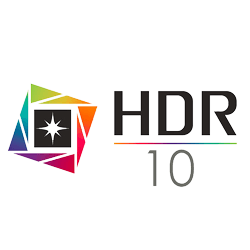



B1 Series
The B1 is the successor to the extremely popular BX from LG, which scores points above all for its excellent price-performance ratio. It has many of the high-end features and only has to cut a few corners. However, the TV offers the familiar OLED quality with a perfect black and infinite contrast. Film and series fans will definitely get their money’s worth here.
Gamers will also find everything they could wish for in the B1 for the new consoles. A VRRVariable Refresh Rate – synchronizes the display’s refresh rate with the output refresh rate of the graphics card, low input lag, as well as excellent motion handling and of course two HDMI 2.1 ports. So nothing stands in the way of an extensive evening of gaming.
Only the Alpha7 Gen 4 AI processor is a weak point, as the image processing does not work quite as well as on the more expensive models. In addition, the B1 is not quite as bright at 600 nitsSI unit of luminance: 1 nit = 1 cd/m2 – The best way of measuring and comparing a TVs brightness , but that is perfectly adequate for a dark environment.
Compared to the A1 from LG, the B1 plays in a higher league, especially when it comes to gaming features. Here, the B1 has the edge thanks to the HDMI 2.1 interfaces.

| Panel Type | OLED |
|---|---|
| Sizes | 55" OLED55B1PUA65" OLED65B1PUA77" OLED77B1PUA |
| Resolution | UHD 4K |
| HDMI | 2 x HDMI 2.0 |
| 2 x HDMI 2.1 | |
| Frequency | 120Hz |




C1 Series
The C1 follows in very big footsteps, as it is the successor to the CX, which is not considered the best TV of 2020 for nothing. To anticipate one thing: the success story continues. This year, too, the C series puts a high-end device in the living room that leaves hardly anything to be desired.
The perfect black and the theoretically infinite contrast of the OLED panel make films and series really shine, because the picture quality is and remains outstanding. Only the Automatic Brightness Limiter has to be mentioned negatively here, as it pushes the brightness of the OLED down even further.
The C1 can convince gamers with an even lower input lag and also offers all other features to fully exploit the new consoles: four HDMI 2.1 interfaces, VRRVariable Refresh Rate – synchronizes the display’s refresh rate with the output refresh rate of the graphics card and ALLMAuto Low Latency Mode – Automatically detects connected consoles and keeps input lag as low as possible.. In addition, the TV offers all the smart features you can have these days and also a new Magic Remote, which makes it child’s play to operate the TV.
Compared to the B1 from LG, you hardly notice any differences at first glance. These are also minimal, as the B1 is not quite as bright with 600 nitsSI unit of luminance: 1 nit = 1 cd/m2 – The best way of measuring and comparing a TVs brightness and it is somewhat weaker with the Alpha7 Gen4 AI processor. For a smaller budget, the B1 is recommended.
| Panel Type | OLED |
|---|---|
| Sizes | 48" OLED48C1PUB55" OLED55C1PUB65" OLED65C1PUB77" OLED77C1PUB83" OLED83C1PUB |
| Resolution | UHD 4K |
| HDMI | 4 x HDMI 2.1 |
| Frequency | 120Hz |




G1 Series
This year’s “Gallery TV” G1 Evo simply looks good and is an eye-catcher in every living room. The TV, which looks like a large picture on the wall, is in no way inferior to the C1 and can even perform a little better thanks to the advanced Evo panel.
This is because the Evo panel means that the OLED can increase in brightness and is more power-efficient at the same time. This means that a brightness of ~850 nitsSI unit of luminance: 1 nit = 1 cd/m2 – The best way of measuring and comparing a TVs brightness can be achieved without sacrificing perfect black and infinite contrast.
The G1 Evo also offers excellent performance in other areas, whether in gaming or with all its smart features that leave nothing to be desired. For extensive gaming, the G1 is particularly suitable due to its excellent picture and four HDMI 2.1 interfaces, VRRVariable Refresh Rate – synchronizes the display’s refresh rate with the output refresh rate of the graphics card and ALLMAuto Low Latency Mode – Automatically detects connected consoles and keeps input lag as low as possible.. In addition, the G1 offers Dolby VisionDynamic HDR-format with a color depth of up to 12 Bits and Mastering of up to 10,000 Nits Gaming, which will especially please Xbox gamers.
Through the gallery mode, famous works of art or own photos can be presented when switched off, making the TV invisible in the living room and a real work of art.
The slight differences between the G1 and C1 are thanks to the Evo panel. Because the G1 can become brighter, its reflection behaviour is also better and HDRHigh Dynamic Range – image/video with more dynamic range (contrast range) content can also be displayed more beautifully.

| Panel Type | OLED evo |
|---|---|
| Sizes | 55" OLED55G1PUA65" OLED65G1PUA77" OLED77G1PUA |
| Resolution | UHD 4K |
| HDMI | 4 x HDMI 2.1 |
| Frequency | 120Hz |




Z1 Serie
The Z1 is one of the few OLED TVs that offer 8K resolution. But the TV’s other values are also outstanding, which is why it rightly belongs to LG’s Signature Collection.
The panel delivers the usual benefits of an OLED TV and the Z1 also scores with a peak brightness of 860 nitsSI unit of luminance: 1 nit = 1 cd/m2 – The best way of measuring and comparing a TVs brightness . In addition, the Z1 offers excellent motion handling, which means gamers can also enjoy the model.
Four HDMI 2.1 ports provide everything you need for gaming, and thanks to Dolby VisionDynamic HDR-format with a color depth of up to 12 Bits and Mastering of up to 10,000 Nits, Dolby Vision Gaming is also possible. Visually, the Z1 stands out with its unique stand and flat design, which will make it a real eye-catcher in any living room.
Apart from the design-oriented construction and the 8K resolution, the Z1 does not differ too much from the C series in purely technical terms.

| Panel Type | OLED |
|---|---|
| Sizes | |
| Resolution | UHD-2 8K |
| HDMI | 4 x HDMI 2.1 |
| Frequency | 120Hz |




NanoCell Lineup
What characterises this product line? The NanoCell TVs, as the name suggests, use NanoCell technology to produce purer colours. The technology was first used in 2019, but is coming back into focus as the TVs are named directly by it. In 2021, LG will continue to use NanoCell technology and convince gamers in particular with its models.
- Associated series:
- Nano91 Series
Nano91 Series
The NANO91 replaces last year’s model and can be distinguished from its predecessor by the suffix PA instead of NA. It is also one of LG’s entry-level models and therefore has to do without some features that are reserved for the more expensive models.
Above all, the fast 120Hz panel, an HDMI 2.1 connection, low input lag and VRRVariable Refresh Rate – synchronizes the display’s refresh rate with the output refresh rate of the graphics card support make the NANO91 a very good gaming TV.
However, the mediocre contrast and poor performance in dark rooms should not be ignored. Here, it is advisable to unpack the controller during the day, as the TV does not perform well in terms of picture quality in the dark, despite the local dimming function.
As far as smart features are concerned, however, the NANO91 offers everything you could wish for. The Magic Remote, which makes it much easier to operate the TV, is particularly worth highlighting.
Compared to the UP8000, the NANO91 is in a completely different league and performs significantly better in almost all areas. Especially in gaming and HDRHigh Dynamic Range – image/video with more dynamic range (contrast range), the NANO91 is the better choice.

| Panel Type | IPS |
|---|---|
| Sizes | |
| Resolution | UHD 4K |
| HDMI | 2 x HDMI 2.0 |
| 2 x HDMI 2.1 | |
| Frequency | 120Hz |




QNED Lineup
What characterises this product line? With the QNED MiniLED TVs, LG is also bringing Mini LED technology into its line-up and promises improved brightness, more intense blacks and more vivid colours thanks to the backlighting.
- Associated series:
- QNED91 Series
- QNED99 Series
QNED91 Series
With the QNED91, LG also uses the new mini LED backlight, which is also used by the competition. As a result, the TV with ADS panel performs well, especially in bright rooms, when it comes to sports, films and series.
Because with a peak brightness of 1000 nitsSI unit of luminance: 1 nit = 1 cd/m2 – The best way of measuring and comparing a TVs brightness , it gets well bright and the Full Array Local Dimming can produce a contrast of 6000:1, which is really very good for a panel of this type. In combination with Dolby VisionDynamic HDR-format with a color depth of up to 12 Bits and Mastering of up to 10,000 Nits, HDRHigh Dynamic Range – image/video with more dynamic range (contrast range) content looks really good on the QNED91.
It can also convince in the gaming sector, as the QNED91 is optimally equipped. Two HDMI 2.1 interfaces deliver VRRVariable Refresh Rate – synchronizes the display’s refresh rate with the output refresh rate of the graphics card via FreeSyncVariable Refresh Rate with AMD graphics cards or consoles and a G-SyncVariable Refresh Rate for Nvidia graphics cards compatibility, as well as an ALLMAuto Low Latency Mode – Automatically detects connected consoles and keeps input lag as low as possible. and a low input lag.

| Panel Type | ADS |
|---|---|
| Sizes | 65" 65QNED90UPA75" 75QNED90UPA86" 86QNED90UPA |
| Resolution | UHD 4K |
| HDMI | 2 x HDMI 2.0 |
| 2 x HDMI 2.1 | |
| Frequency | 120Hz |




QNED99 Series
With the QNED99, LG also offers an 8K high-end model that has it all. The TV is particularly convincing in bright rooms, as it has a peak brightness of 1000 nitsSI unit of luminance: 1 nit = 1 cd/m2 – The best way of measuring and comparing a TVs brightness and can produce a contrast of 6500:1 thanks to Full Array Local Dimming.
An additional feature is that the viewing angle is quite wide thanks to the ADS panel, which makes the TV suitable for a large seating area. Gamers will also get their money’s worth with the top model, as HDMI 2.1 connections are available with almost everything you need.
Unfortunately, there is no VRRVariable Refresh Rate – synchronizes the display’s refresh rate with the output refresh rate of the graphics card, which means that the new consoles cannot be used to their full potential. However, an ALLMAuto Low Latency Mode – Automatically detects connected consoles and keeps input lag as low as possible. is available.

| Panel Type | IPS |
|---|---|
| Sizes | 65" 65QNED99UPA75" 75QNED99UPA86" 86QNED99UPA |
| Resolution | UHD-2 8K |
| HDMI | 4 x HDMI 2.1 |
| Frequency | 120Hz |




UHD Lineup
What characterises this product line? The UHD 4K TV series is LG’s basic 4K line up. The devices are solid and perform pretty well for ordinary use. However, LG has saved up additional features for the NanoCell and OLED series, so you have to make some sacrifices here.
- Associated series:
- UP8000 Series
UP8000 Series
The UP8000 can convince with a solid price-performance ratio, even if you naturally have to do without high-quality features. Nevertheless, it can function as an all-rounder and is well suited if you prefer the regular TV programme.
It is also a good choice for gamers, especially if you tend to use older consoles, as features such as VRR or an HDMI 2.1 connection are not available on the UP8000. The TV is also well suited as a PC monitor. However, if you want to enjoy HDRHigh Dynamic Range – image/video with more dynamic range (contrast range) content and use the latest consoles to the full, the UP8000 is not the right TV.
Films suffer too much from the low contrast, which makes black tones look rather greyish. In addition, LG’s TV can’t cope well with any lighting conditions, so you have to be prepared for quite a few losses in picture quality.
Due to the built-in ADS panel, the viewing angle is very wide, but the 50-inch model has a VAVertical Alignment, type of LCD Panel panel built in. This increases the contrast, but the viewing angle is significantly smaller. An additional feature, such as HDMI 2.1, a variable refresh rateHertz is the derived SI-unit of frequency with 1Hz=1/s – When talking about TVs this means how many different pictures a TV can display in one second. or a twin tuner, has been saved by LG for the more expensive models.

| Panel Type | ADS (43", 55", 65", 75", 82", 86") VA (50", 60", 70") |
|---|---|
| Sizes | 43" 43UP8000PUA50" 50UP8000PUA55" 55UP8000PUA60" 60UP8000PUA65" 65UP8000PUA70" 70UP8070PUA75" 75UP8070PUA82" 82UP8770PUA86" 86UP8770PUA |
| Resolution | UHD 4K |
| HDMI | 3 x HDMI 2.0 (43", 50", 55", 60", 65", 70", 75") 1 x HDMI 2.0 (82", 86") |
| 0 x HDMI 2.1 (43") 0 x HDMI 2.1 (50", 55", 60", 65", 70", 75") 2 x HDMI 2.1 (82", 86") | |
| Frequency | 60Hz (43", 50", 55", 60", 65", 70", 75") 120Hz (82", 86") |






